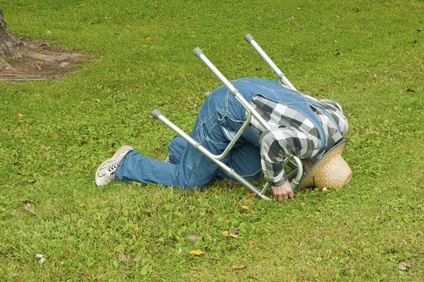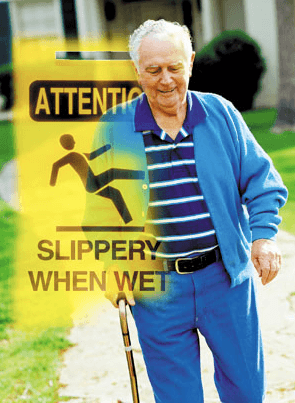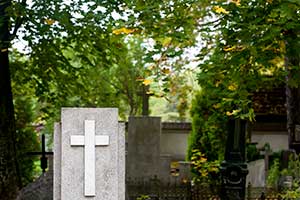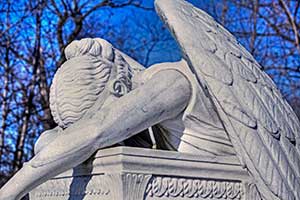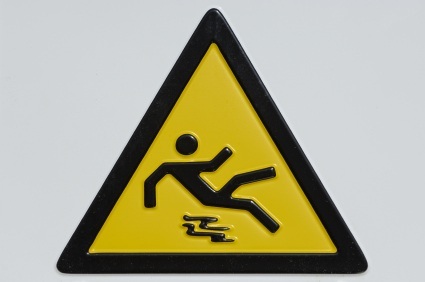Search
What Is Hypostatic Blood Pressure & Why Is There An Associated ‘Fall Risk’?
Too we look to environmental causes of falls….cluttered hallways…improperly footwear…yet in many fall-related situations the real ’cause’ of the fall lies within the person herself…
Hypotension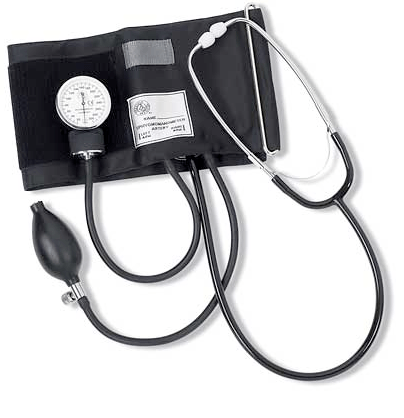 (low blood pressure) is a problem for many nursing home residents, causing dizziness and fainting. Blood pressure readings measure the pressure in arteries – systolic pressure (the top number in a reading) measures the pressure the heart generates when pumping blood out to the rest of the body and diastolic pressure (the bottom number in a reading) measures the amount of pressure between heartbeats. A systolic blood pressure of 90 millimeters of mercury or less or a diastolic blood pressure of 60 millimeters of mercury or less is considered low.
(low blood pressure) is a problem for many nursing home residents, causing dizziness and fainting. Blood pressure readings measure the pressure in arteries – systolic pressure (the top number in a reading) measures the pressure the heart generates when pumping blood out to the rest of the body and diastolic pressure (the bottom number in a reading) measures the amount of pressure between heartbeats. A systolic blood pressure of 90 millimeters of mercury or less or a diastolic blood pressure of 60 millimeters of mercury or less is considered low.
Orthostatic hypotension, also known as postural hypotension, occurs when a person’s blood pressure drops after changing position from lying down or sitting to standing as blood pools in the legs leaving less blood to circulate back to the heart. In the elderly, orthostatic hypotension can be caused by changes in blood pressure regulation due to aging, dehydration, and certain medications.
 Nursing Home Law News
Nursing Home Law News